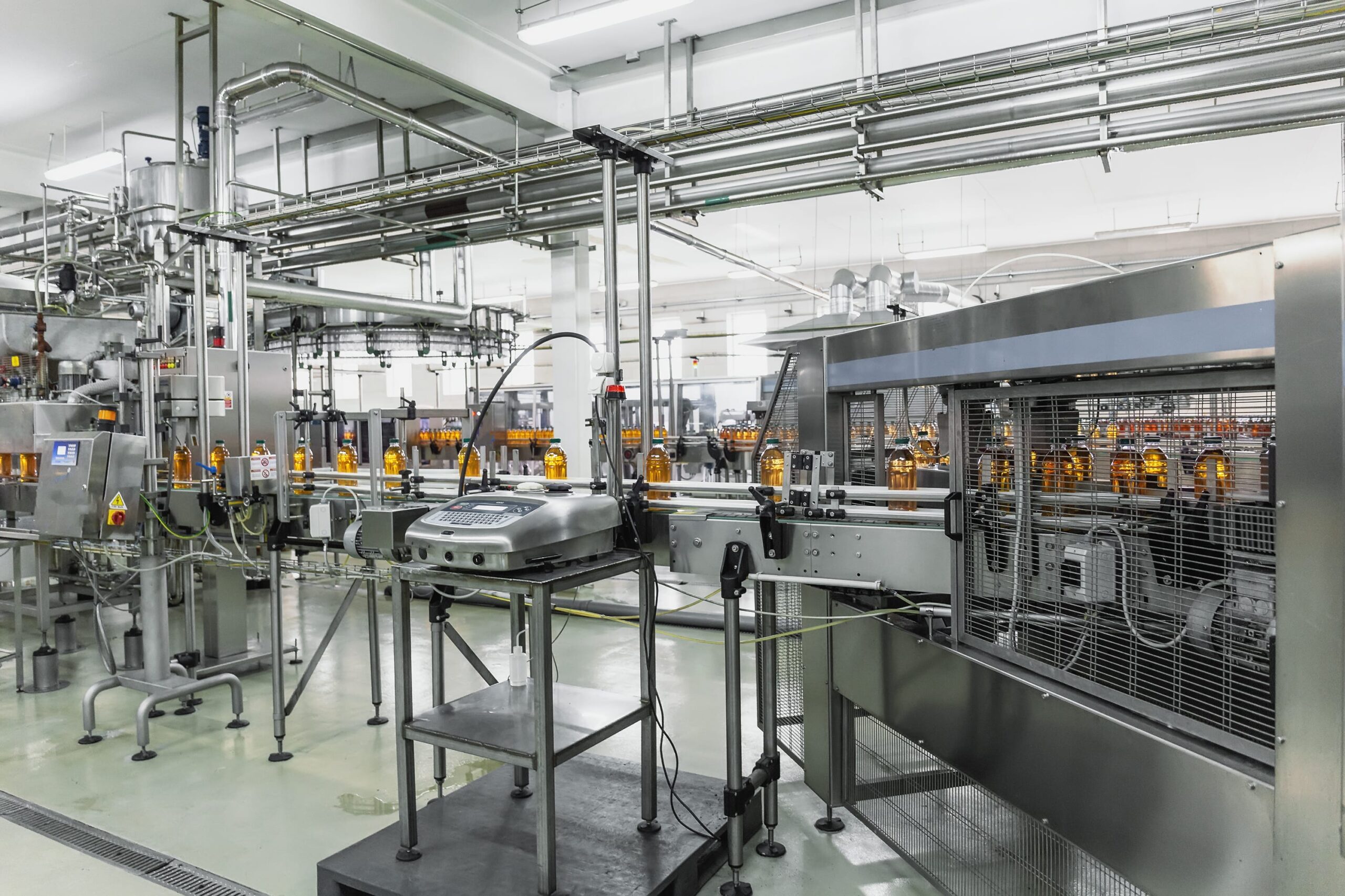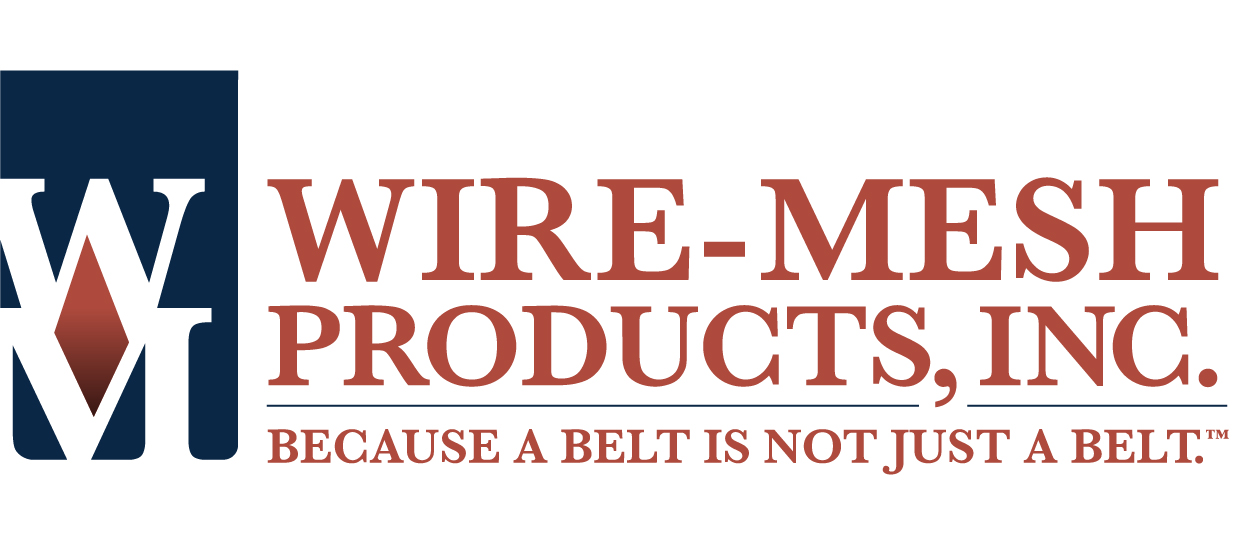
Many industries use conveyor belts for their efficiency, but they may not have the knowledge on how to identify and address common conveyor belt problems and solutions.
In this blog, we will provide a conveyor belt troubleshooting guide that discusses common belt issues and steps you can take to try and fix them.
6 Conveyor Belt Problems and Solutions
Learning how to fix a conveyor belt is complicated and if done incorrectly could cost you more time and money in the end.
Before diving into our conveyor belt problems and solutions guide, know that the best course of action to take when you’re experiencing a major problem is to contact an expert.
Specialists who have experience with conveyor belt repair and replacement are more equipped to help and provide recommendations. However, knowing what kind of conveyor belt problems and solutions to look out for is crucial to preventing issues in the future and extending the life of your conveyor belt.
1. Tracking
Conveyor belt tracking problems occur when the belt drifts from one side or the other, becoming misaligned with its center or original path. Many factors can lead to conveyor belt tracking issues. Some of these include:
Uneven loading. When material isn’t loaded evenly onto the belt, it can cause the belt to pull to one side or the other causing mistracking.
Worn or damaged rollers. As rollers begin to wear down or get damaged, they can become misaligned and, as a result, cause tracking issues.
Misaligned conveyor frame. Similar to the rollers, if the conveyor frame itself is not level or square, it can result in the belt tracking off-center.
Improper belt tension. To work properly, a belt needs a precise balance of tension. A belt that isn’t tight enough can drift to one side or the other, in the same respect, if it’s too tight it will put too much stress on other belt components and eventually cause mistracking.
Poorly spliced belt. Splicing a belt properly requires precision and skill. If it is not spliced correctly, the belt can become uneven and lead to tracking problems.
Material buildup on pulleys or the belt. If excess material begins to accumulate on the belt or pulleys, the belt will be more prone to tracking off-center.
Mistracking is one of the most common issues for conveyor belts and if ignored, conveyor belt tracking issues can lead to additional problems, including increased maintenance needs, unexpected breakdowns, reduced production efficiency, and increased energy consumption.
Solutions
If you are experiencing conveyor belt tracking issues, here are some solutions we recommend:
- Check and adjust snub rollers, training idlers, and tracking trough.
- Keep up with regular belt maintenance and inspections.
- Inspect and replace worn or damaged skirting.
- Use the correct belt type for the given application.
2. Slippage
The next conveyor belt problem and solution we will cover is belt slippage, which occurs when the belt loses traction on the drive pulley. Some of the most common factors that cause a belt to slip include:
Improper belt tension. If the belt tension is too loose it won’t have enough grip on the pulley to move the load, allowing the belt to slip but if it’s too tight, it can cause excessive wear and tear on the belt and pulley, again, leading to slippage.
Worn or damaged pulleys. Pulleys need a strong grip on the belt to keep it moving on the right path, when pulleys begin to deteriorate, their grip will loosen and cause the belt to slip.
Material buildup on pulleys. If material builds up on pulleys, it can create a slick or slippery surface. This may reduce the traction between the belt and the pulley, resulting in slippage.
Cold temperatures. When a belt is exposed to colder temperatures or environments, it can become less flexible, reducing traction and making the belt more prone to slipping.
Overloading. If a conveyor belt is overloaded (carrying more weight or material than originally designed to hold) it’s forced to work harder and may begin to slip.
Similar to the other items found in this conveyor belt problems and solutions guide, slippage can have many consequences such as reduced production efficiency, increased wear and tear on the belt and pulley, material damage, motor failure, and potential safety hazards.
Solutions
Learning how to fix a conveyor belt can be complicated. If you’re experiencing belt slippage, we recommend starting with these solutions:
- Inspect the tensioner and adjust if needed.
- Inspect and replace worn pulleys.
- Clean and deglaze pulleys.
- Install or upgrade scraper blades.
- Apply lagging for increased traction.
- Keep up with regular cleaning and maintenance.
3. Blockages
Belt blockages occur when the material gets stuck or lodged in the conveyor system. Factors that may cause belt blockages include:
Overloading. Feeding too much material on the belt at once, increased product size, or wet and sticky materials clumping together can all result in belt blockages.
Material buildup. Certain materials, like powders, can leave residue on the belt over time. This build-up can create ridges or clumps that snag on other objects and cause blockages.
Sharp edges or transitions. Sharp edges on the conveyor frame, chute transitions, or debris build-up can snag materials and cause them to accumulate leading to a blockage.
Foreign objects. Sometimes, foreign objects like tools or scraps, are accidentally placed on the belt and lodged in the system resulting in a blockage.
Damaged scraper blades. Scraper blades remove excess material from the belt to prevent carryback. If these blades are worn or damaged they won’t be able to clean the belt, which can lead to blockages effectively.
Misaligned belts or transfers. If the belt isn’t aligned properly with the transfer chutes or other conveyor sections, the materials being moved can get caught at the transitions and cause blockages.
Blockages are very common in any operation using a conveyor belt. If these blockages aren’t addressed they can lead to many problems such as downtime and lost productivity, increased maintenance needs, safety hazards, product quality, and environmental concerns.
Solutions
There are many steps you can take to prevent blockages from happening, as well as solutions to address the problem if it occurs, some of these include:
- Use breaker bars or install a backstopping system.
- Install or upgrade scraper blades.
- Evaluate and optimize chute angles and transitions.
- Invest in more advanced cleaning systems.
- Keep up with regular maintenance and cleaning.
4. Carryback
Another common conveyor belt problem occurs when material is left on the belt after unloading. This is known as carryback and can be caused by a variety of factors including:
Material properties. Materials that are sticky, wet, or fine are more likely to cling to the belt and cause carryback.
Ineffective belt cleaning. Worn blades, improper scraper placement, or using the wrong type of belt cleaner can all inhibit the belt from effectively removing debris and lead to carryback.
Belt speed and tension. As we mentioned above, belt speed and tension need to be exact. If the belt is too slow or if it is not tensioned properly, it’ll be more prone to carry back material.
Improper loading and discharge chutes. If chutes are not designed to properly transfer material onto and off the belt, the material being moved can become lodged and carried back.
When carryback occurs, it can cause many issues to the belt and the production process. These include increased housekeeping costs, belt mistracking, premature wear and tear, safety hazards, and environmental concerns.
Solutions
Many conveyor belt problems and solutions involve similar practices. To avoid and address carryback problems we recommend considering the following:
- Install or upgrade scraper blades.
- Adjust scraper tension and positioning.
- Evaluate and optimize chute and skirting design.
- Use anti-stick belt coatings.
- Implement a regular cleaning schedule.
5. Material Spillage
When the material being conveyed falls off the belt, it is known as spillage. Material spillage is a conveyor belt problem that can be the result of many factors including:
Overloading. Similar to what we mentioned before, exceeding the maximum capacity of the belt can cause materials to fall or spill off the sides.
Improper belt alignment. A belt that isn’t properly aligned won’t be able to contain materials throughout transitions.
Worn or damaged belt. Damaged conveyor belts often cannot effectively keep materials from falling off the sides, leading to material spillage.
Ineffective skirting. The material that seals the sides of the belt to prevent spillage, is known as skirting. If this is worn, damaged, or improperly adjusted it won’t be able to contain the material being moved.
Material properties. Materials that are fine, dusty, or irregularly shaped are more prone to falling off the sides of the conveyor belt, leading to spillage.
While it may not seem as dangerous as other items listed in this conveyor belt problems and solutions guide, material spillage can have serious consequences including lost product, downtime and cleanup, equipment damage, safety hazards, and environmental impact.
Solutions
If your operation is experiencing material spillage, there are many ways to fix the issue. We recommend the following steps when looking for conveyor belt spillage solutions:
- Evaluate and install support rollers.
- Install impact beds at loading points.
- Evaluate and optimize skirt board design and tension.
- Upgrade belt edges.
- Use anti-spill edges and implement dust control measures.
- Install belt cleaners or self-cleaning pulleys.
6. Seized Rollers
The final conveyor belt problem and solution we’ll discuss in this guide is seized rollers which cause the belt to stall.
Lack of lubrication. Rollers require regular lubrication to run smoothly, without this, they are more prone to seizing due to friction.
Overloading. If the belt’s weight capacity is exceeded, it puts unnecessary stress on the rollers and causes premature wear and tear, eventually causing them to seize.
Water damage. Rollers that are continuously exposed to water or wet environments can begin to rust and lead to seizing.
Contamination. Dirt, debris, sticky materials, or other types of contamination can build up on rollers and cause them to seize.
Improper roller selection. Using the wrong type of roller for the application being moved can also cause premature wear or damage to rollers, for example, using light-duty rollers to move heavy-duty products may lead to seizing.
Misaligned rollers. If rollers become misaligned, it can cause them to wear unevenly and add unnecessary stress to the bearings which result in rollers seizing.
Worn or damaged seals. When seals on the belt begin to break down or become damaged, it allows contaminants to accumulate on the rollers and cause seizing.
When a conveyor belt stalls because of seized rollers it can lead to various issues including downtime and production delays, belt damage, increased wear on other components, and safety hazards.
Solutions
There are many solutions to this common conveyor belt problem. If your operation is being slowed down by seized rollers, consider these solutions:
- Inspect and upgrade worn or damaged rollers.
- Practice regular lubrication or install self-lubricating rollers.
- Monitor roller temperatures.
- Install heavy-duty rollers.
- Keep up with regular maintenance and cleaning.

Even with the help of this conveyor belt problem and solution guide, you may find your system isn’t running smoothly. If this is the case, reach out to a specialist who can help you identify the problem and provide you with a knowledgeable solution.
Is it time for you to upgrade your belt? Contact one of our experts to see how we can help.




